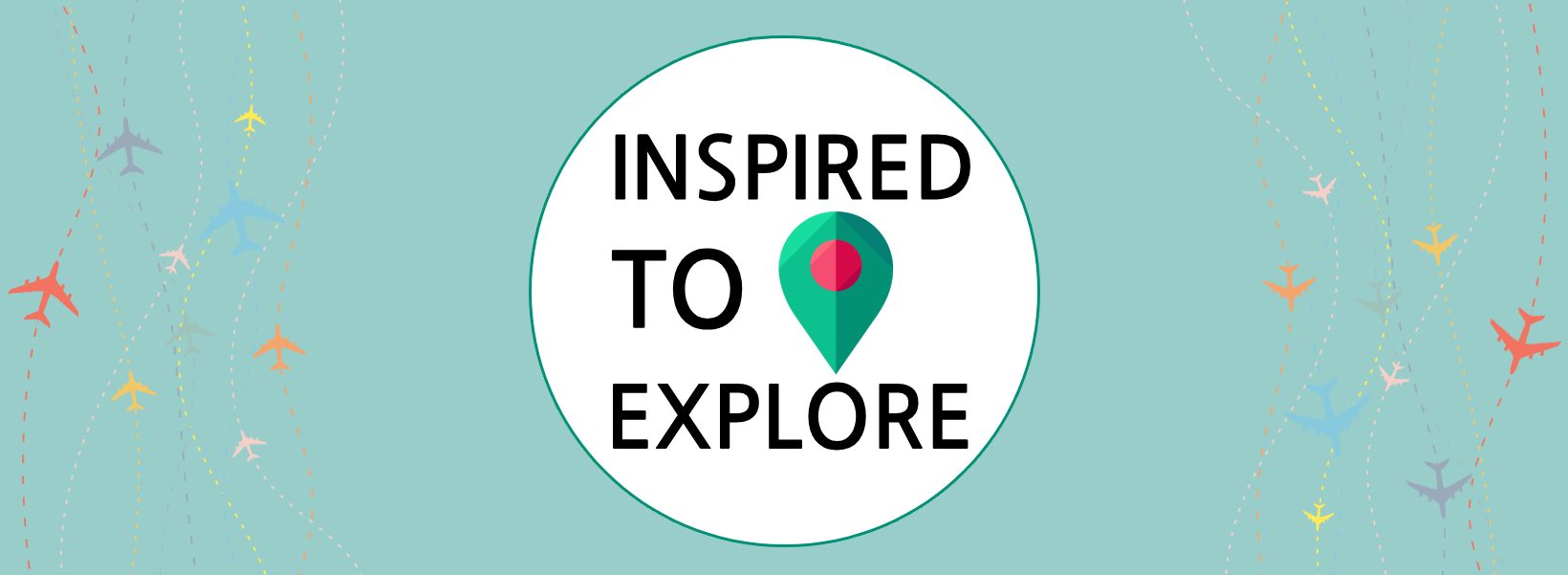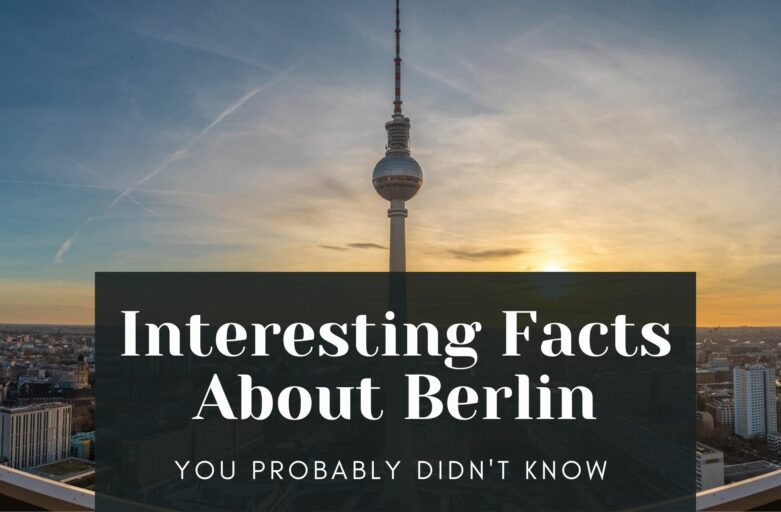Berlin is a city with many well-kept secrets. While planning my visit there, I tried to research its history and landmarks as much as possible, and it still surprised me in many ways. You can miss so much if you don’t know what to look for and where. It might be why I initially felt I didn’t like Berlin much – it had too many hidden stories and I felt I only unearthed some of them by chance. I want you to have a different perspective and give you all the info I lacked and all the interesting facts about Berlin that I now know. Let’s get into it!
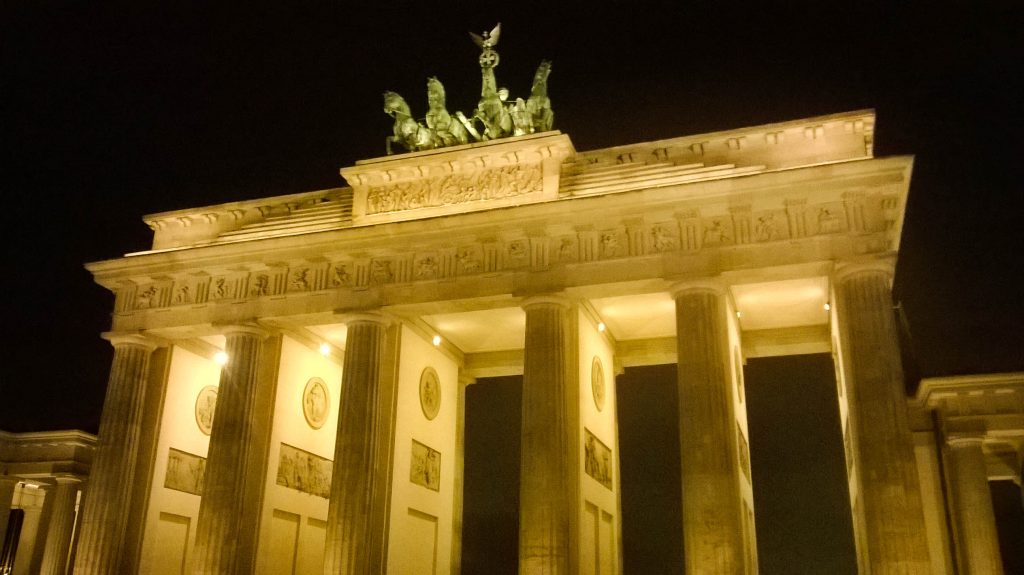
1. Brandenburg Gate wasn’t the only one of its kind
For centuries, Berlin has been a small city with walls all around it for protection. By the 1700s, it expanded enough for its population to go beyond the walls. That’s when new gates were constructed – 18 in total. Unfortunately, the Brandenburg Gate is the only one still standing.
2. Napoleon stole the statue on top of Brandenburg Gate
I have a good story to share here. In 1806, after defeating the Prussians in a battle, Napoleon was the first to use the Brandenburg Gate for a triumphant military march. Apparently, he liked the ensemble of statues crowning the apex of the gate a little too much, because he brought it to Paris as a souvenir. He returned it 8 years later after he was defeated in battle. Now, the statues represent the Roman goddess of victory (Victoria) leading a Quadriga (a chariot drawn by four horses). Very close to the Brandenburg Gate, on the left side of the street, there is the current Embassy of France. Funny enough, the goddess Victoria is pointing not straight ahead, but a little to the left, where the embassy is. It’s like she’s saying: Hey French people, I remember what you did in the past. Be careful with your actions, because I’m watching you.
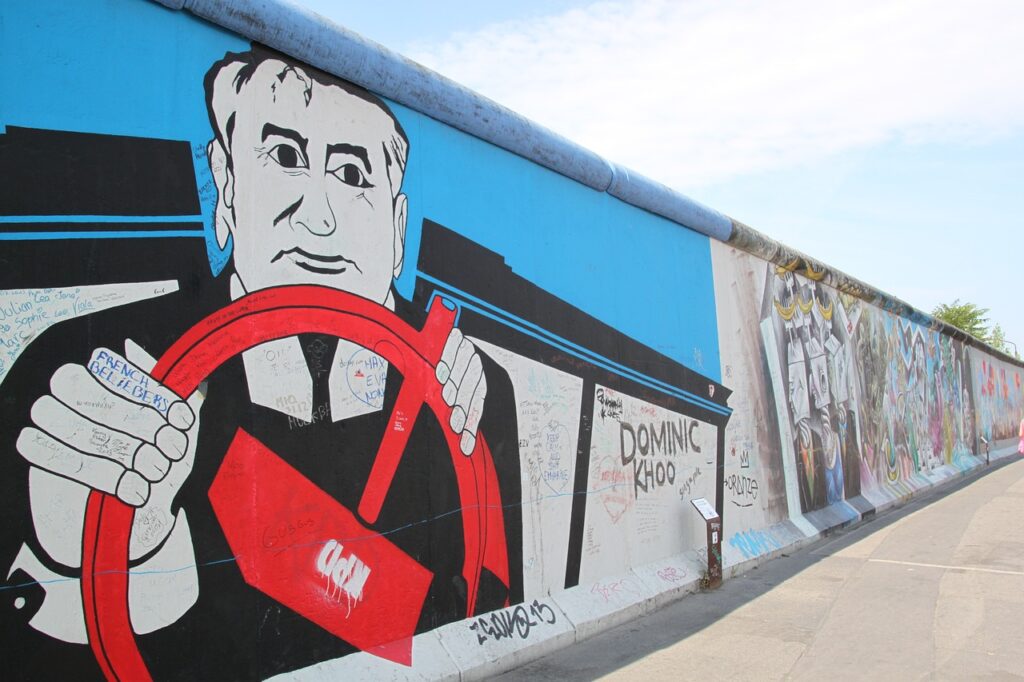
3. The Berlin Wall was a double wall
Perhaps the most iconic symbol of division in the 20th century, the Berlin Wall separated East and West Berlin for nearly three decades. Erected in 1961 by the East German government, it stood as a physical barrier, dividing families and communities. When I first saw the remains of the Berlin Wall, to me it didn’t look so menacing. What I later found out was that there were actually two concrete walls with a gap in between, also known as “death strip”. This piece of land was the most deadly part because it had guard dogs, watchtowers or trip-wire machine guns. There are many facts associated with the Berlin Wall, and most are sad statistics. For example, one of the facts is that more than 100 people lost their lives trying to cross it.

5. The Holocaust Memorial was built on a former “death strip”
The Holocaust Memorial was inaugurated in 2005 and represents a Memorial to the Murdered Jews of Europe. Two thousand, seven hundred and eleven concrete slabs of different heights are laid out on 19,000 square metres where there used to be a “death strip” of the Berlin Wall. To get more info about the memorial, there is an underground Information Center that can be visited every day between Tuesday and Sunday (closed on Monday).
📸 Looking for more places to see in Germany? Check this quick tour of Germany in 10 photos.

6. There is a common parking lot over Hitler’s bunker
The bunker in which Adolf Hitler died, known as the Führerbunker, holds a significant place in history as the site in which one of the most infamous figures of the 20th century took his own life. After the war, the Soviet forces destroyed parts of the bunker, then filled the rest of it with sand and left it buried under the ground. Today, a very common parking lot is built over the bunker. Only an information panel marks the spot of the bunker and you can find the location on Google Maps (search for Führerbunker).
7. During the Berlin Airlift, 2.3 million tons of cargo was delivered to West Berlin
In the aftermath of World War II, Berlin found itself at the epicenter of geopolitical tensions. After the Potsdam Conference in 1945, it was divided among Allied powers and straddling the fault lines of the emerging Cold War.
ℹ️ You can take a day trip from Berlin to Potsdam to see where it all began and to learn more historical facts.
The Soviet blockade of West Berlin in 1948 precipitated a humanitarian crisis, as essential supplies were cut off from the city’s inhabitants. In response, Western Allies launched the Berlin Airlift, a monumental effort to airlift 2.3 million tons of food, fuel, and other necessities into West Berlin. Lasting from June 1948 to September 1949, the airlift showcased the solidarity of the Western powers in the face of Soviet aggression, ensuring the survival of West Berlin and laying the groundwork for future cooperation.
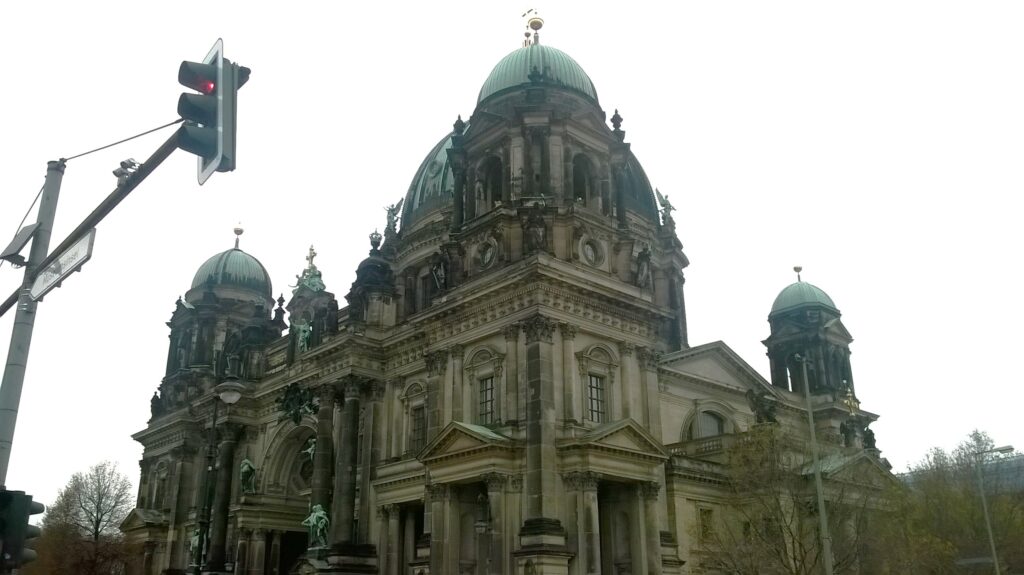
4. Berlin Cathedral is not actually a cathedral
Yes, you read that right. Berliner Dom was never the seat of a bishop, so it is technically a parish church, but everyone is calling it a cathedral. A very big parish church. It is the largest church in Berlin and the largest Protestant church in Germany and also the largest Protestant church in all of Europe. Before WWII it was even taller than it is now because during the war it was damaged and during the reconstruction, the height decreased (98 meters now vs 114 meters before).

8. The Berlin TV Tower created an undesirable effect for the Soviets
The Berlin Tower, also known as the Berliner Fernsehturm or Berlin Radio Tower, was built in the 60s in Alexanderplatz by the Communists of East Germany. The same Communists who did their best to eliminate religious beliefs. So after they built the tower, a cross-shape created by sun rays reflecting on its dome became noticeable. Despite the efforts of the Soviets to eliminate this unwanted effect, it remains visible to this day. West Berliners have called this the “Pope’s revenge”.
9. The Berlin TV Tower is one of the most famous buildings in the world
The Berlin TV Tower dominates the city’s skyline. Because of its unique shape and impressive height (368 metres), it is one the most recognizable buildings in the world. In fact, the tower is part of the World Federation of Great Towers, alongside structures like the Eiffel Tower (Paris, France), Space Needle (Seattle, USA), Skylon Tower (Niagara Falls, Canada), UFO (Bratislava, Slovakia), Danube Tower (Vienna, Austria), Prague TV Tower (Prague, Czech Republic), Burj Khalifa (Dubai, UAE), the Sky Tower (Bucharest, Romania) and many more.
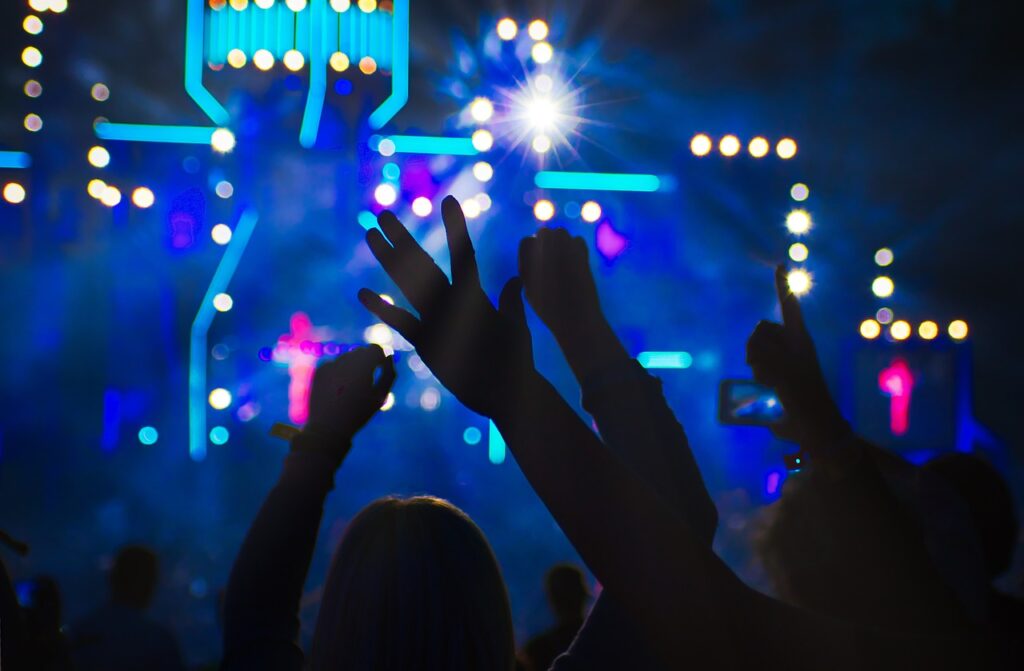
10. Berlin’s techno scene is now on the UNESCO World Heritage List
Berlin’s techno scene, a pulsating heartbeat of the city’s nightlife and cultural identity, achieved a remarkable milestone on March 14th, 2024, as it was added to the prestigious UNESCO World Heritage List. This recognition underscores the profound impact of Berlin’s electronic music culture on global music history and its enduring influence on art, society, and urban life. From the underground clubs of Kreuzberg to the iconic venues of Berghain and Tresor, Berlin’s techno scene has served as a beacon of creativity and freedom, attracting enthusiasts from around the world.
As we bid farewell to this captivating metropolis, we are reminded that Berlin’s allure lies not only in its storied past but also in its ever-evolving present. In this article we went through the most captivating and interesting facts about Berlin, referring to the remnants of the Berlin Wall, the city’s impressive TV Tower or the pulsating beats of its techno clubs. Berlin beckons travelers to embrace its contradictions, celebrate its diversity, and immerse themselves in its vibrant tapestry of life. Now that you’re equipped with more knowledge, I hope you will make the most of your visit to this formidable European capital.
Ready to book a trip?
